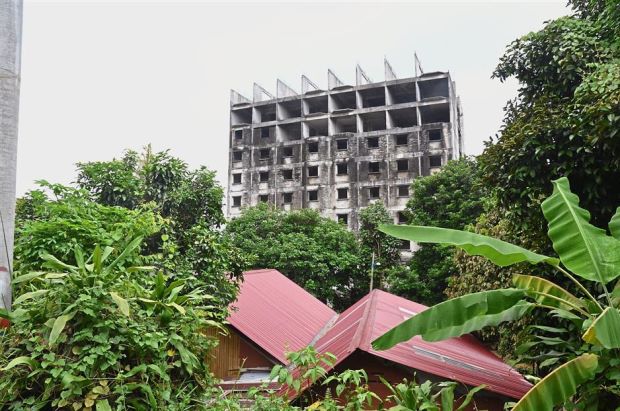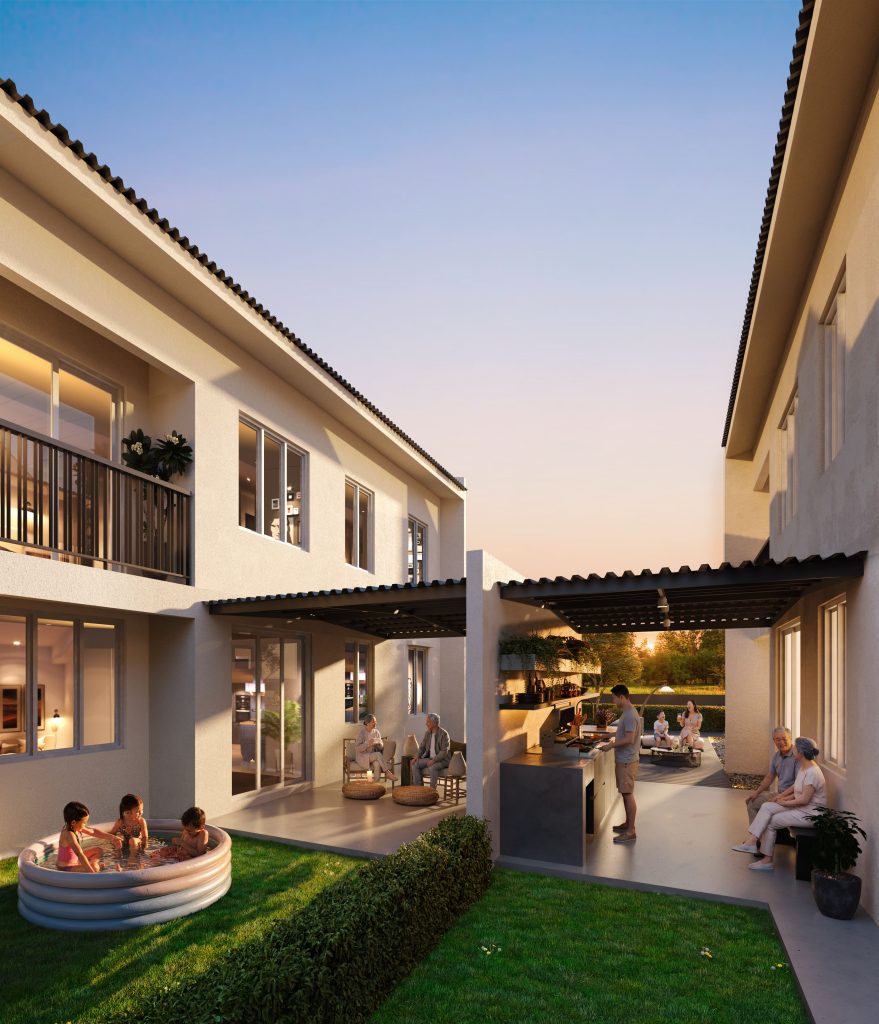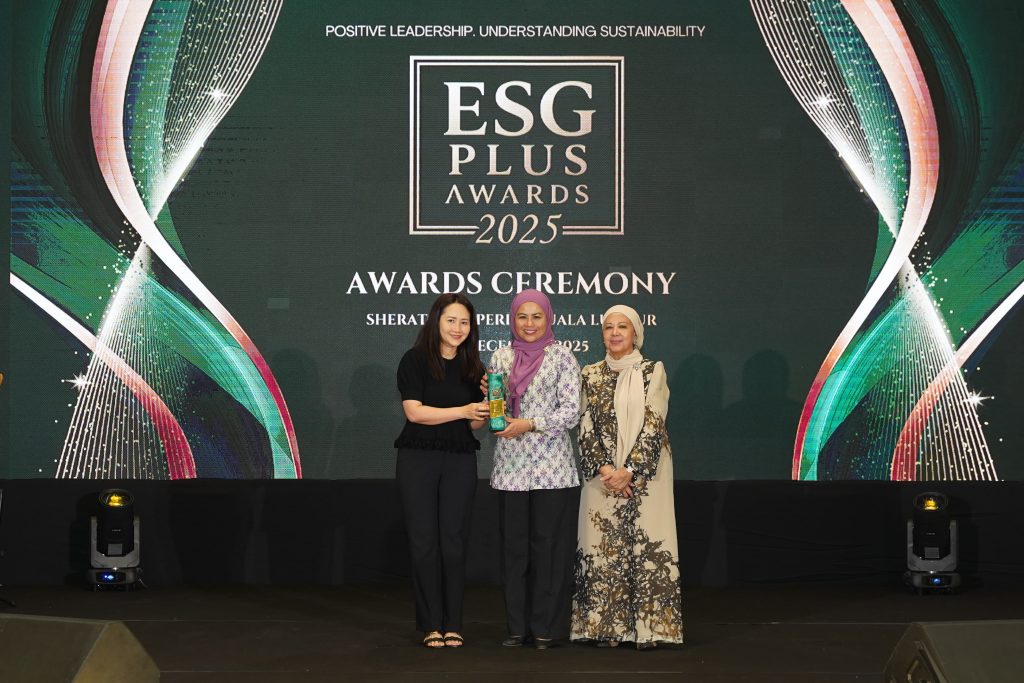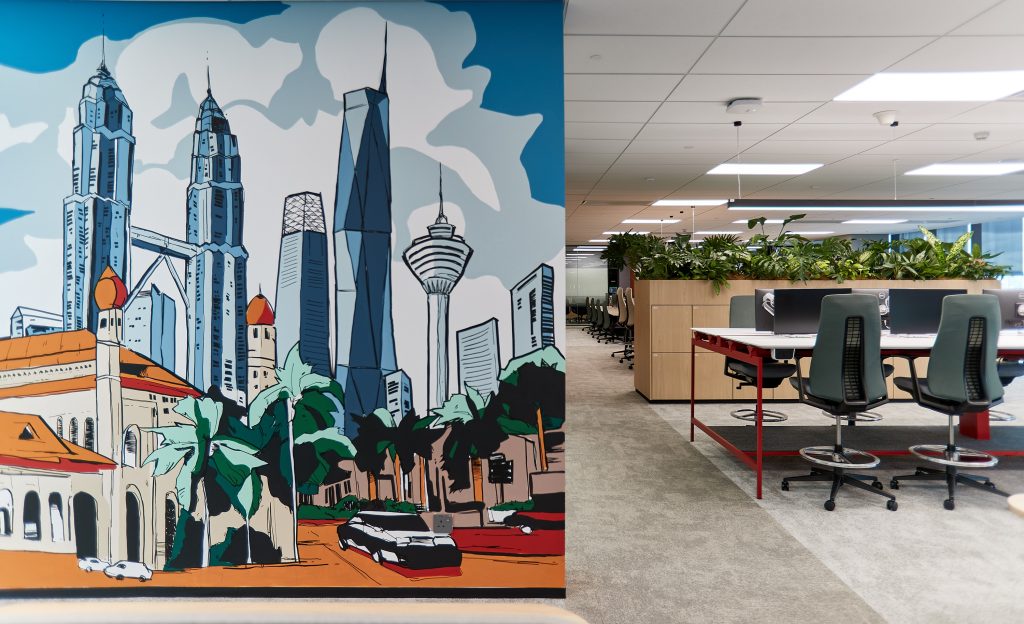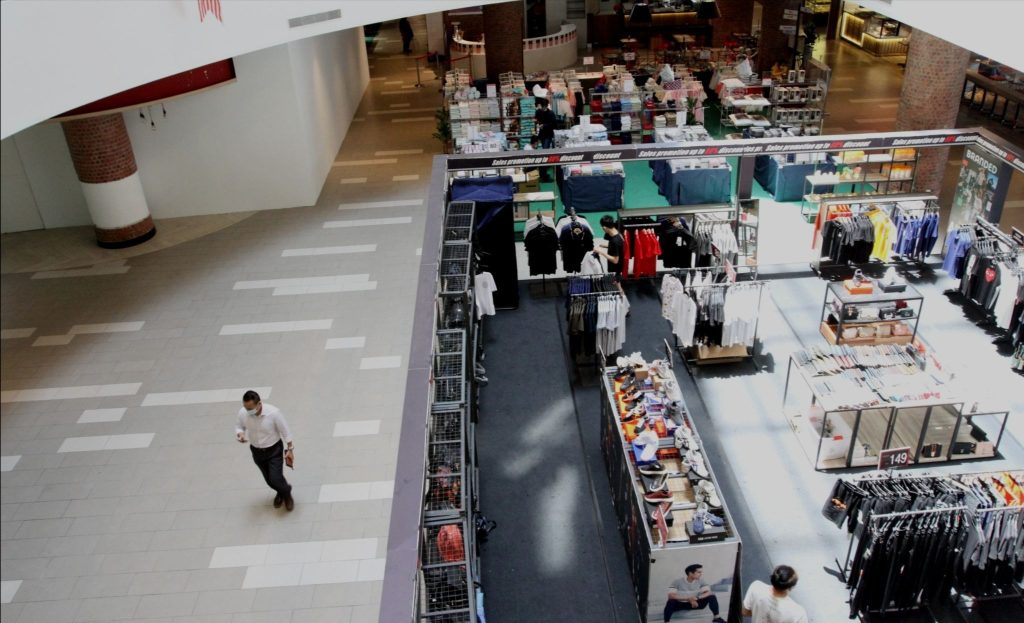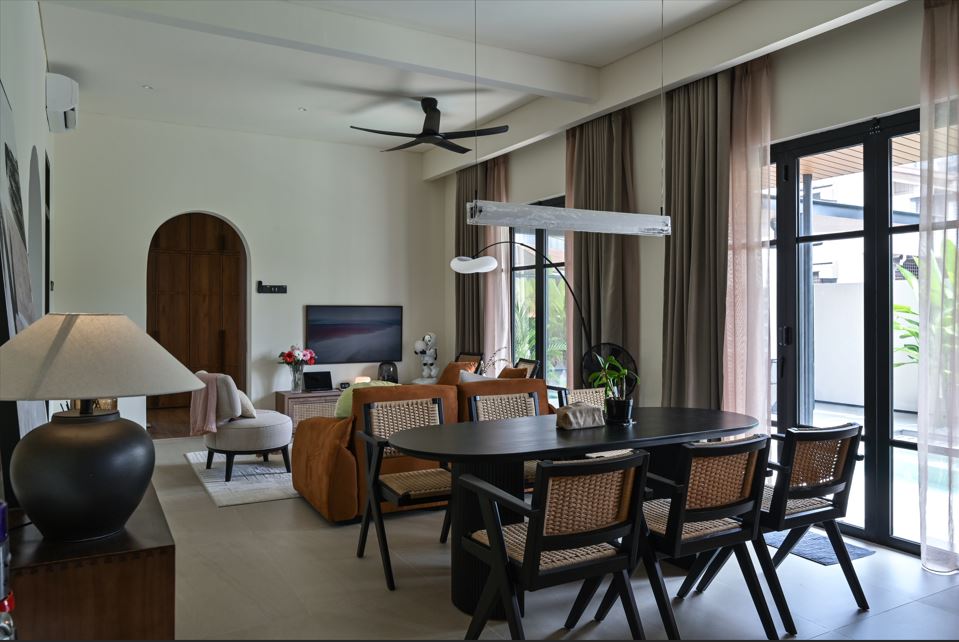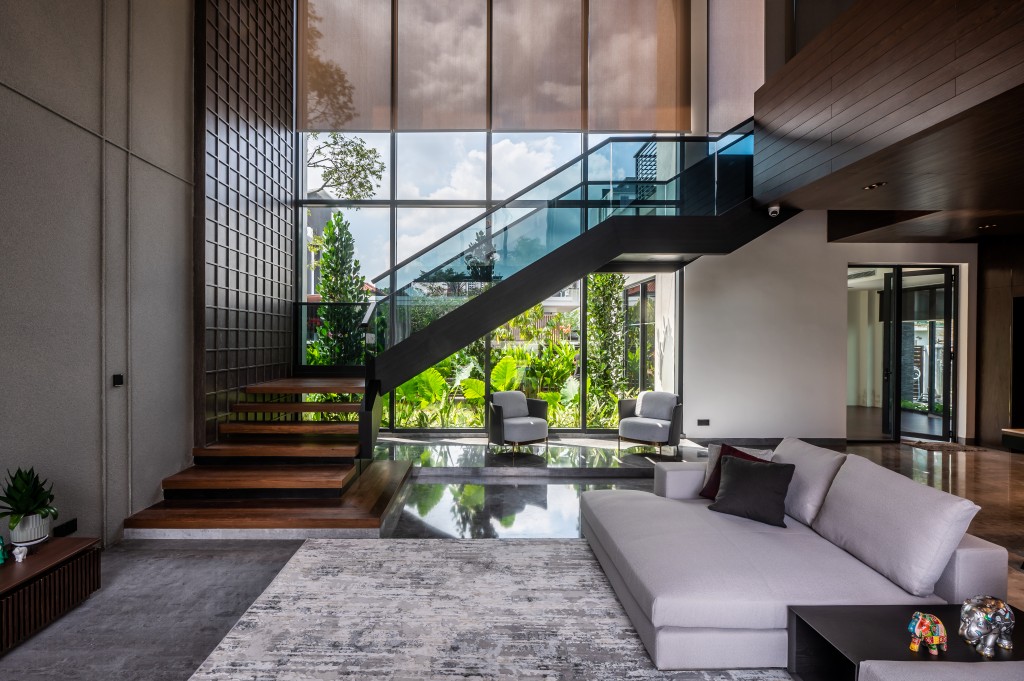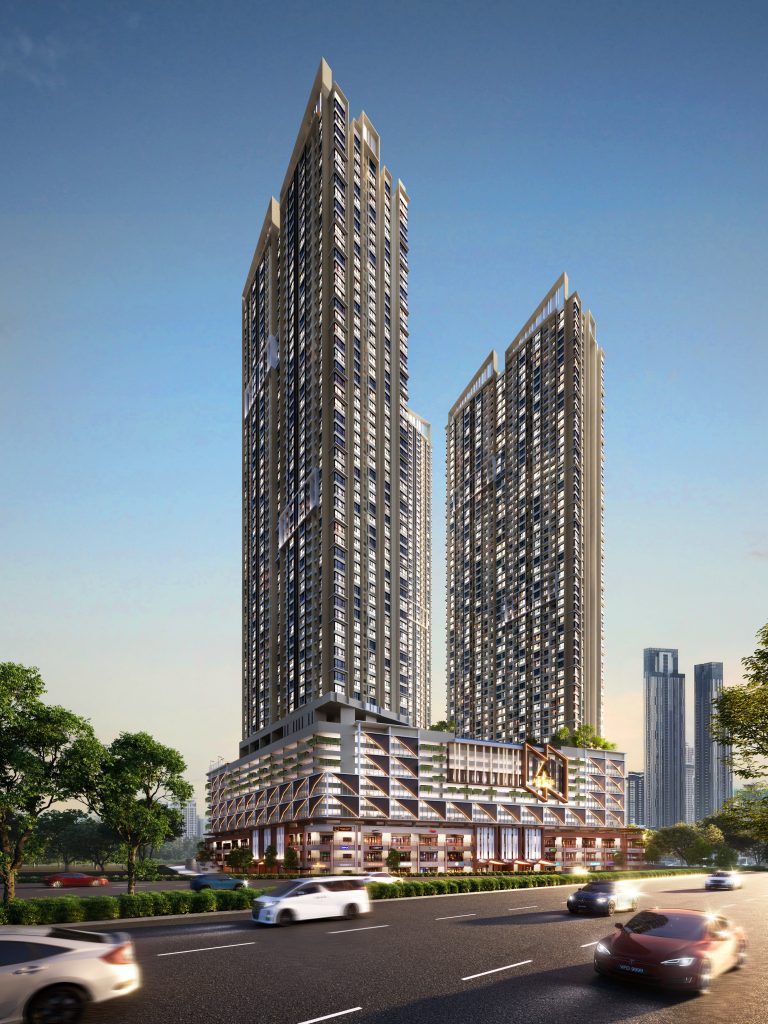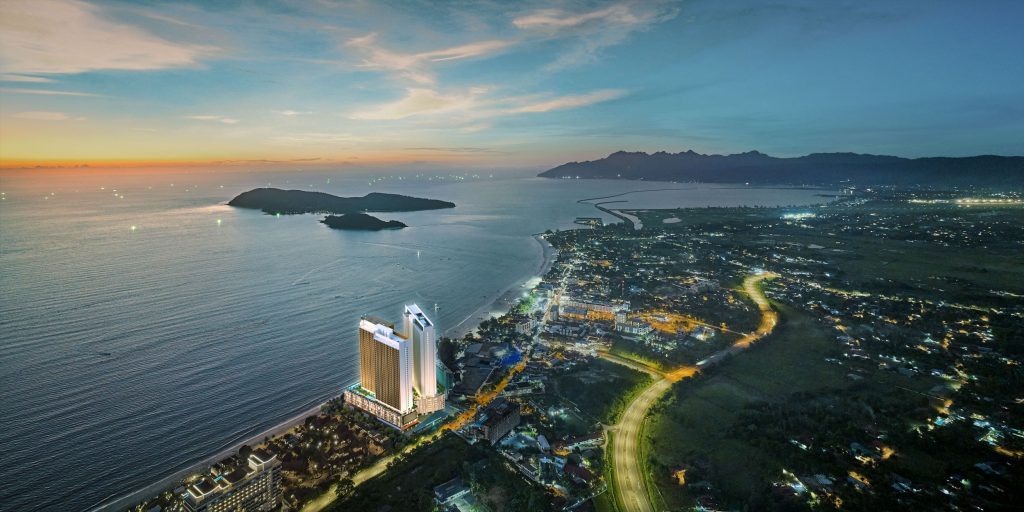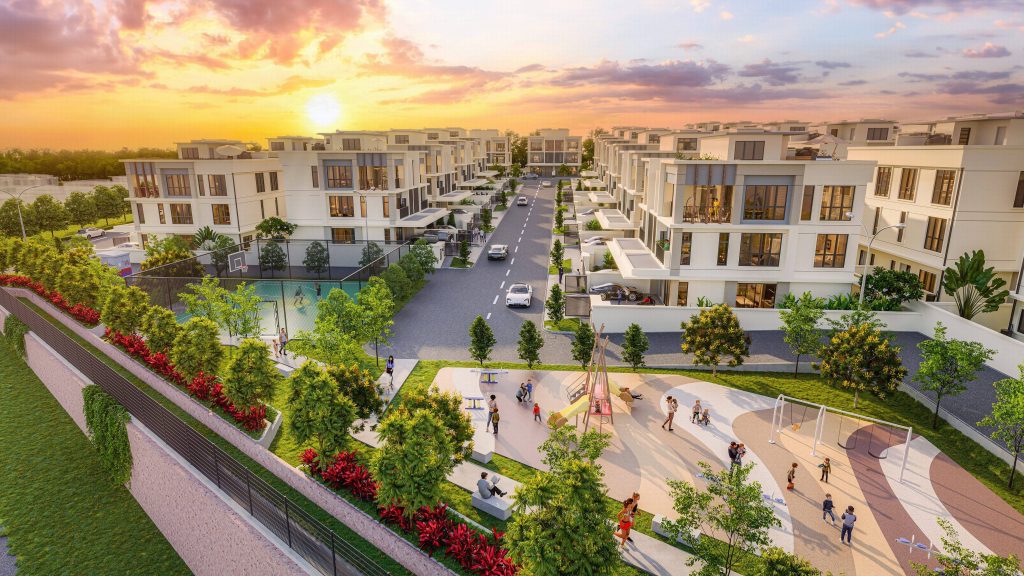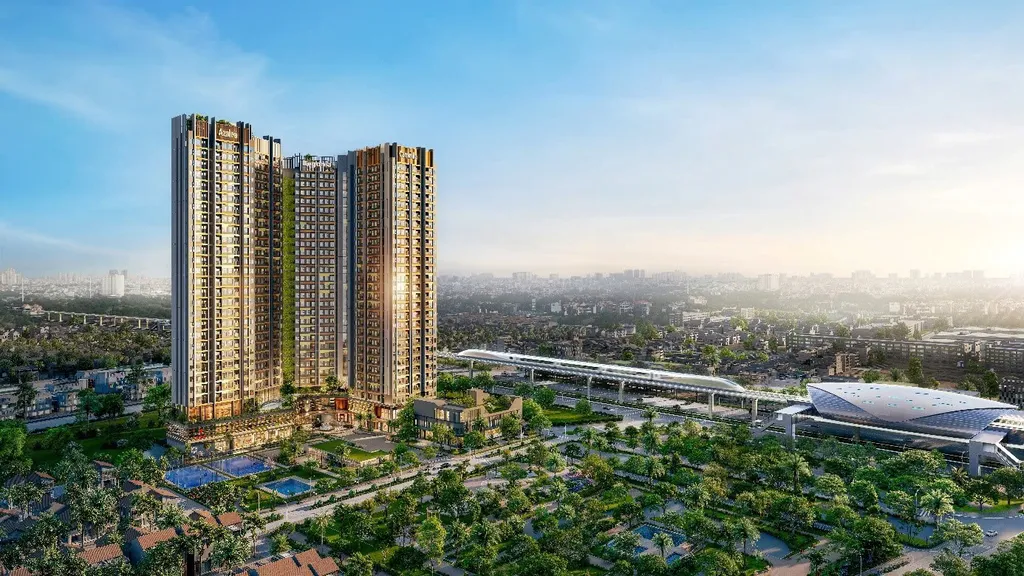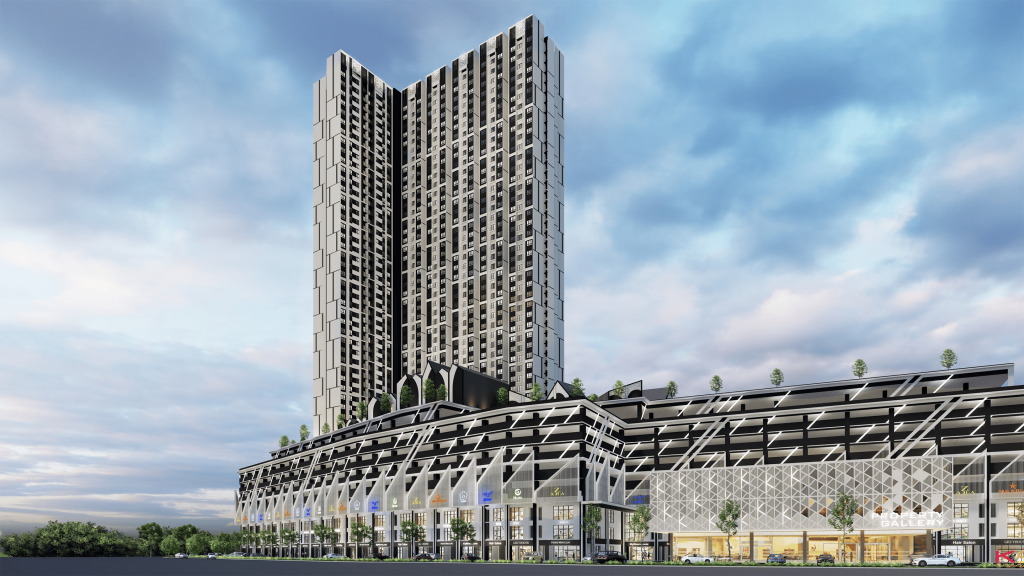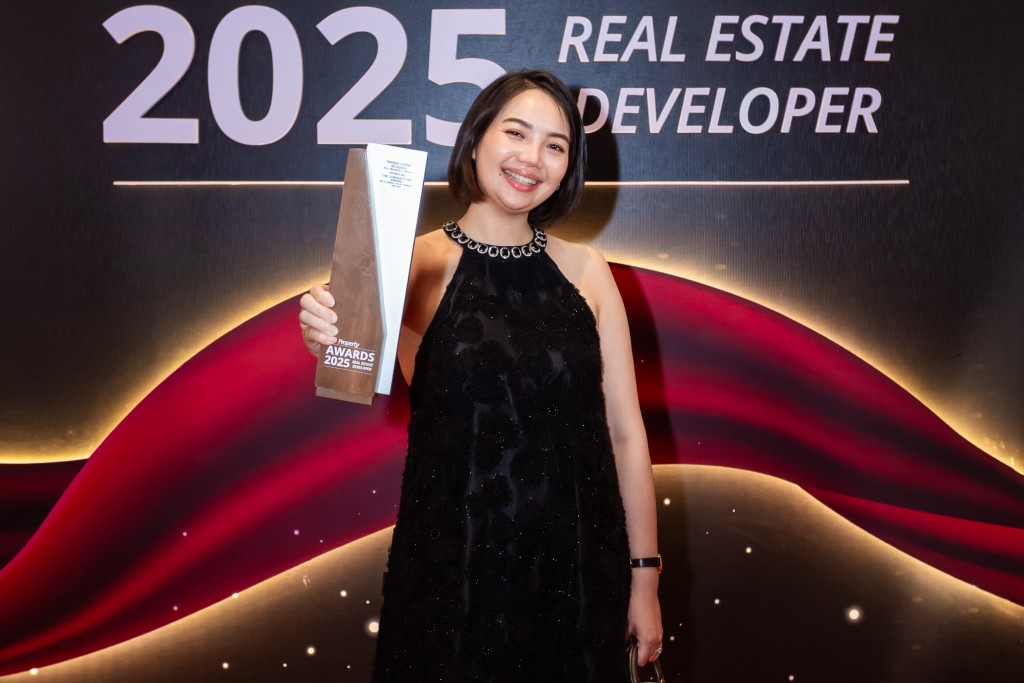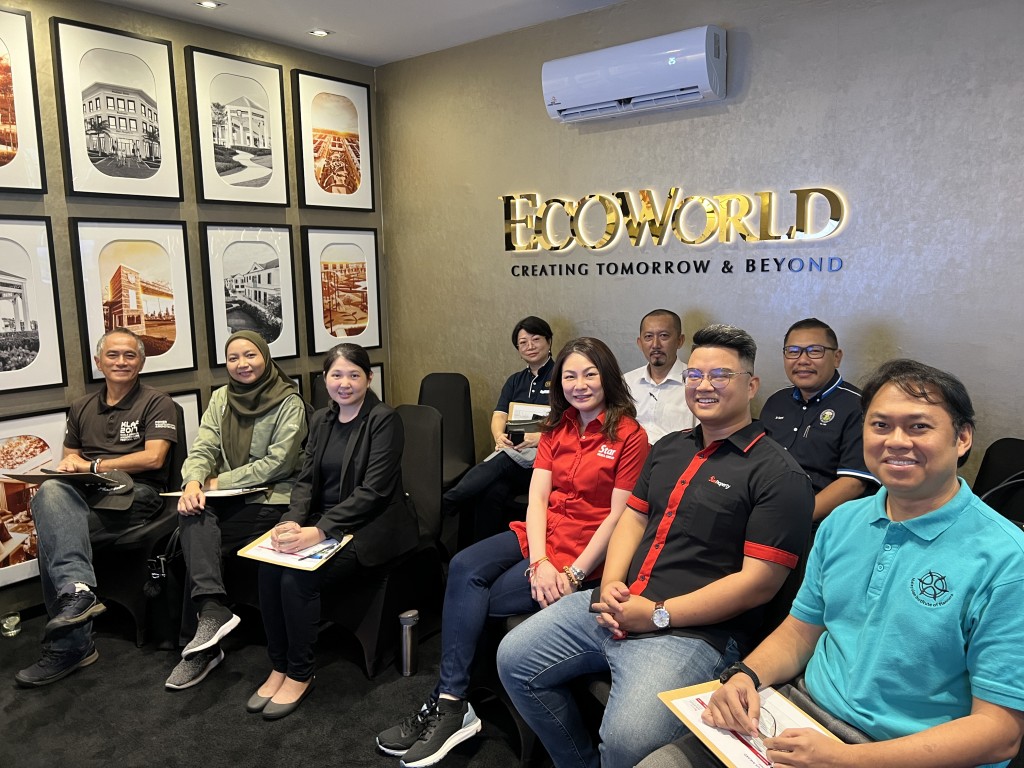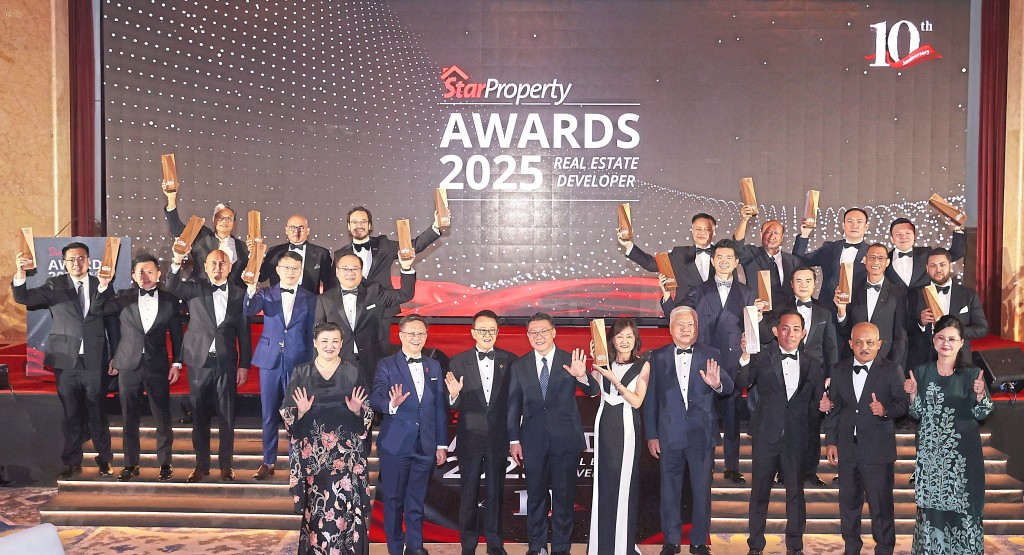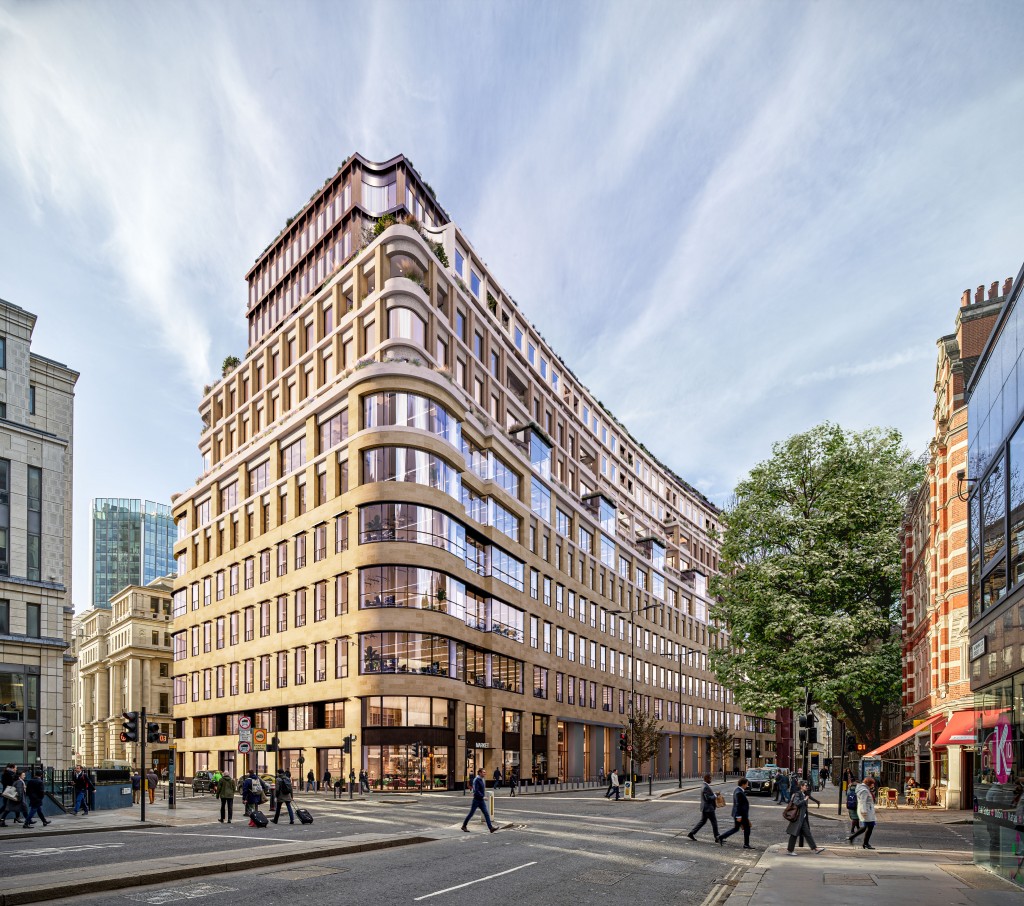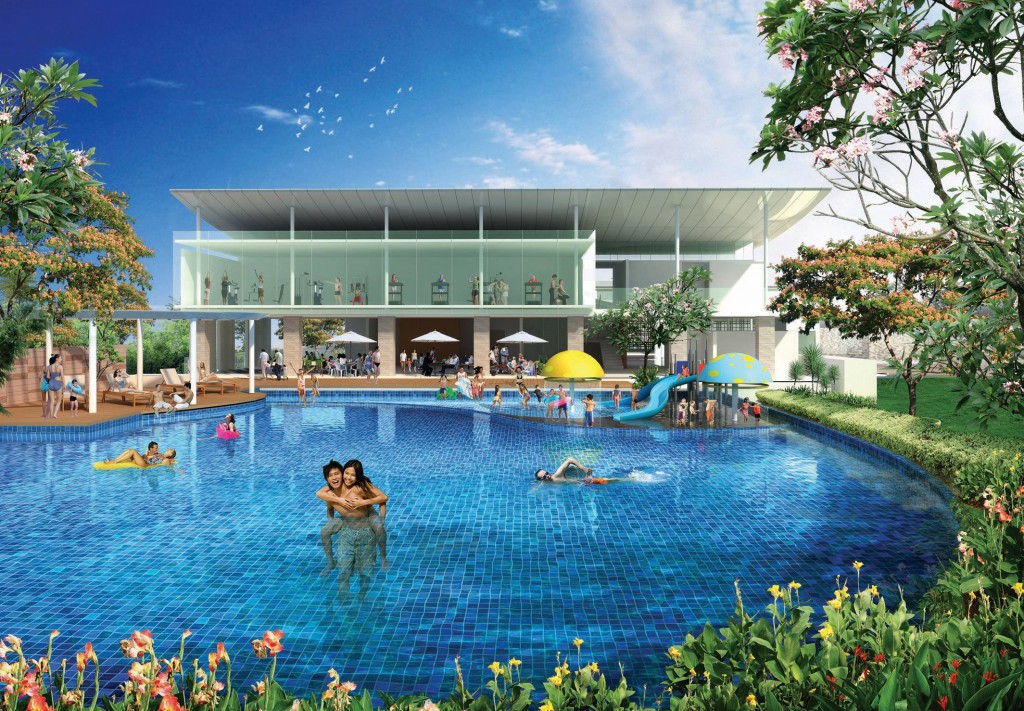BY VINCENT TAN
EVER since the early 2000s, when the Selangor government first enacted its “Zero Squatter” policy, relocation has largely been successful, with most former squatters resettled.
Fast forward to 2017, and there are three areas in Selangor where residents have yet to move into affordable or low-cost projects promised to them years ago — PJS 1 in Petaling Jaya, Kampung Masjid in Sungai Buloh and Kampung Bunga Raya in Rawang.
While residents of Kampung Bunga Raya are on track to move into new homes, those in the other two areas have not been so fortunate.
It also does not look like their woes will end soon, owing to difficulties in the offer process, or in the case of Kampung Masjid, being stuck in legal limbo.
Currently, many of them are still holding up in temporary housing, which has been home for the past decade or more.
“Usually, we leave cases of transit/temporary housing to the respective local authorities,” said Selangor Housing Committee chairman Datuk Iskandar Abdul Samad.
In Petaling Jaya City Council’s (MBPJ) case, the solution was to build longhouses, while in the Shah Alam part of Sungai Buloh, the residents were allowed to set up a village.
The housing woes of both communities stem from legal issues surrounding their land.
For PJS 1, Residents’ Housing Committee chairman M. Sugumaran said development stopped when a injunction was taken against MBPJ regarding the land, as it did not have a development permit early on.
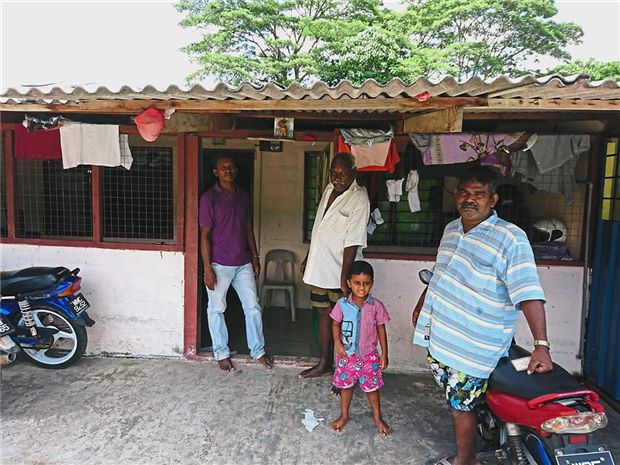
Velan (purple shirt) said many residents had been blacklisted after questioning whether servicing their loan would result in a promised apartment. Mookan (white shirt) said it was pointless asking his children to take over the loan, as he and his wife also needed a place in their old age.
It was reported in 2015 that the buyers, some of whom were still being housed in 27 longhouse units near the abandoned project site since 2004, would finally be getting their homes.
Recently, though, a Malay daily reported that these residents were now calling on Selangor Mentri Besar Datuk Seri Mohamad Azmin Ali to intervene.
In the daily’s report, Sugumaran was quoted as saying that the most recent terms offered by the developer were “unfair” to buyers who had signed agreements during the start of the project.
The report also said the committee would agree to the offer if their conditions, such as building specifications and upgrading facilities to Rumah Selangorku standards, were met.
For Velan Subramanian, a former bank employee, the 15-year wait has been mind-boggling.
"Many of the original buyers, like my mum, have been blacklisted," said Velan.
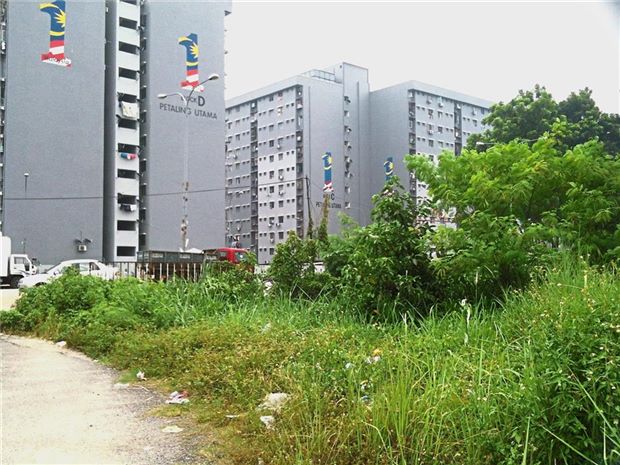
The original site (with bushes) along Jalan PJS 1/52, where the PJS1 Block E low-cost flat was supposed to have been built.
He added that it was not that residents were not willing to pay, but rather, they wanted to be sure that the loan they serviced would ensure they got a house, as the construction of Block E had been blocked because of objections.
Retiree Mookan Rangan, 63 and his wife Kamalam Sangayan, 57, said they had signed up for an RM35,000 unit when the offer was made in 2003. Mookan was then 48.
The former state Water Department employee said he had also been blacklisted.
"There’s no point in passing the loan to my children. They have their own troubles in this current economy, and we still hope to step into a house we can call our own," said Kamalam.
When StarMetro met Selangor Housing Committee chairman Datuk Iskandar Abdul Samad, the Cempaka assemblyman said both sides needed to come to an agreement before construction could begin.
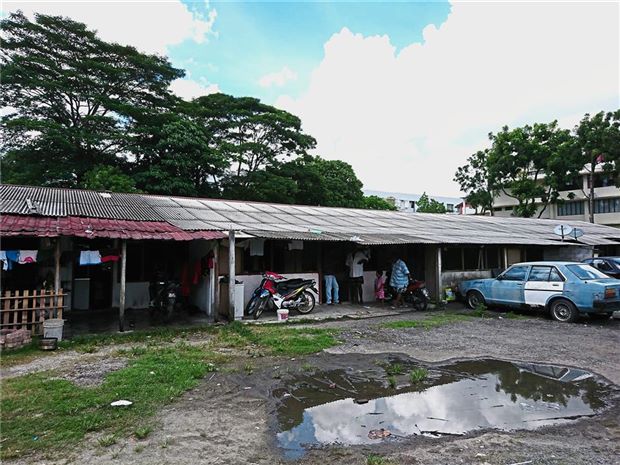
The longhouses, built by MBPJ to house PJS 1 squatters, were meant to be a temporary solution. However, they are still waiting for a permanent home after years of waiting.
“The developer has received planning permission, and finding a bank to finance the construction is not a problem,” said Iskandar.
The assemblyman said the issue was finding terms agreeable to both the developer and the transitory residents.
“The majority of PJS 1 longhouse residents, who are supposed to be receiving their houses in Block E, are not staying in the longhouses.
“Instead, they are staying rent-free in the Lembah Subang PPR,” said Iskandar.
He added that the compensation for late delivery requested by the residents was tantamount to getting their homes for free, which he said was unrealistic.
Iskandar said he had met with Sugumaran last year, and asked the committee leader to state what was a “reasonable” price for their houses.
“With the price they think is ‘reasonable’, I can speak to the developer and see if both sides can come to a compromise,” said the assemblyman.
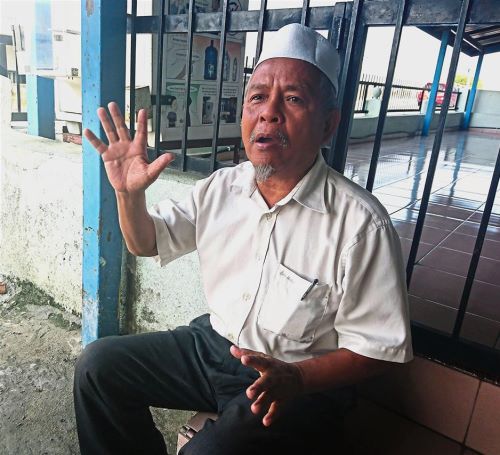
Zulkifli said many villagers took loans or used their savings to purchase units in the affordable housing project which were supposed to relocate from their squatter settlement.
Requests, such as expanding the low-cost apartments’ area from 650 sq m to 750 sq m, for instance, could not be met on a whim, said Iskandar, as the developer would have to go through the design approvals process at the local authority again.
In Sungai Buloh, residents of Kampung Masjid have been living in the shadow of a half-built project where they were supposed to move to.
Village head Zulkifli Abdul Karim said the kampung was supposed to be a temporary solution before villagers were relocated to a new set of low-cost apartments as the land they were living on had been acquired for a housing project.
“But halfway through, the developer went bankrupt and construction stopped. The units we are supposed to be living in are there,” said Zulkifli.
After the project was abandoned, Zulkifli said, the land was acquired by other parties that wanted to build more expensive dwellings instead of low-cost flats,.
Many of the villagers, he added, had taken out loans that resulted in them being declared bankrupt, with no proper deed or title to show for it.
“Some have passed on and left it to their children to continue the payments, in the hope that one day, these apartments would be built,” said Zulkifli.
In the meantime, Kampung Masjid villagers have built brick houses, which means even if a decision is finally made regarding the land, relocating the transitory village may prove difficult, with compensation becoming an issue down the road.
“It doesn’t look like it's going to be resolved any time soon. So in the meantime, the state government is allowing the villagers to live there first,” said Iskandar.
[slider id='81590' name='StarProperty' size='full']
Follow us on Wechat or Facebook for the latest updates.
Download StarProperty.my e-Mag(bit.ly/StarProperty_Emag) for more articles.
Want to contribute articles to StarProperty.my? Email editor@starproperty.my.


